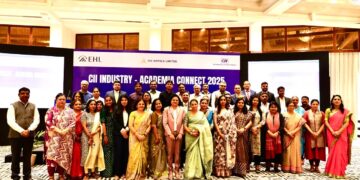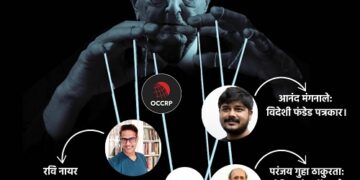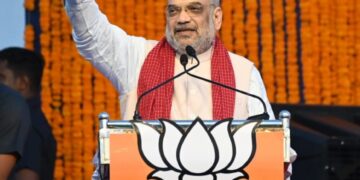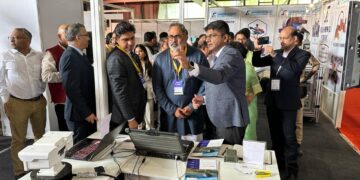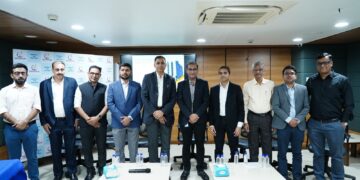Ahmedabad, April 2025: Anant National University unveiled the findings of its ICSSR-funded research on the impact of the Digital India initiative on urban and rural youth in Gujarat during a Research Dissemination Workshop held on 16 April 2025. The study, led by Dr Subhalaxmi Mohapatra, Associate Professor, Anant National University, Dr Diti Pundrik Vyas, Associate Professor, Anant National University and Dr Subhadip Roy, Professor, IIM Ahmedabad, examined the differences in digital usage patterns across urban and rural populations and proposed strategies and policy changes for bridging the digital divide.
The workshop featured a panel discussion with distinguished experts, including Mr Rohit Kumar, Founding Partner at The Quantum Hub and Co-founder of Young Leaders for Active Citizenship (YLAC) and The Quantum Hub Consulting; Prof Rajat Sharma, Associate Professor at IIM Ahmedabad; Dr Dignesh Vachani, Medical Officer at PHC Majevadi and Dr Atul Mehta, CEO of Pay10. Moderated by Prof Subhadip Roy, the panel explored key insights and significant findings from the research.
The research, conducted using a mixed methodology approach, analysed data from 450 respondents across Gandhinagar and Kutch, offering quantitative insights through statistical tests and qualitative perspectives via thematic analysis. The findings reveal that digital payment platforms, such as UPI and Google Pay, have significantly improved financial inclusion, with urban youth engaging with digital platforms more actively than their rural counterparts. Men predominantly use digital financial services, while women, particularly in urban areas, utilise digital tools for entrepreneurship, expanding their businesses through online marketplaces. Social media platforms have also played a pivotal role in enhancing youth confidence, fostering self-expression and community engagement.
At the workshop, Mr Rohit Kumar said, “This research highlights how digital access can unlock agency, opportunity and civic participation—but only when infrastructure, literacy and social barriers are meaningfully addressed.” Talking at the event, Prof Rajat Sharma highlighted, “Digital India has transformed interactions between government, industry and citizens, shifting from mere access to inclusive and empowered usage.”
The study also found that rural women experience newfound decision-making power through digital literacy yet face more significant challenges in accessing services due to social constraints and limited awareness. Dr Dignesh Vachani shared, “Healthcare applications such as Teleconsultation, ABHA and e-Hospital are improving services. Still, stronger internet connectivity and integrated digital systems are needed to maximise their impact.”
Adding his insights, Dr Atul Mehta said, “The initial scepticism that people had about digital payment acceptance is no longer there. Today, it is well accepted and embraced by all stakeholders. It works as a way of life.” Summarising the panel discussion, Prof Subhadip Roy said, “Digital India has successfully driven digital inclusion and behavioural change in digital literacy, healthcare and financial inclusion. It has also been able to drive social change and help in empowering multiple stakeholders.”
The study recommends policy interventions to enhance digital competency among youth, including expanding digital literacy programmes, integrating digital skills training in education and promoting gender-focused awareness campaigns. Strengthening public-private partnerships for digital infrastructure growth, establishing Digital Resource Centres and encouraging digital entrepreneurship through micro-financing is essential to foster inclusive technological advancement. The study also emphasises that even though the Digital India initiative has made substantial progress in bridging the urban-rural divide, continued efforts in education, financial support and infrastructure expansion are necessary to ensure equitable digital participation.

